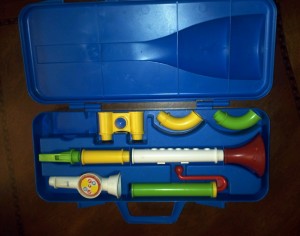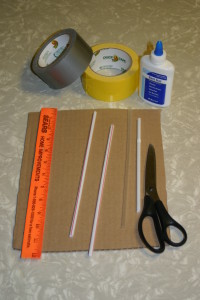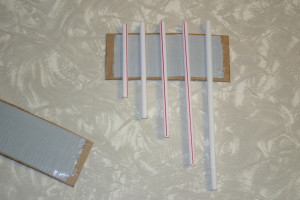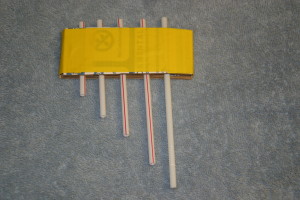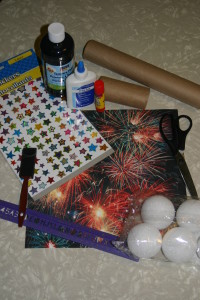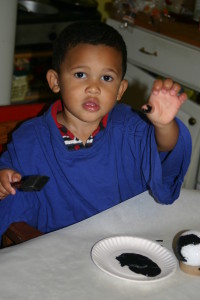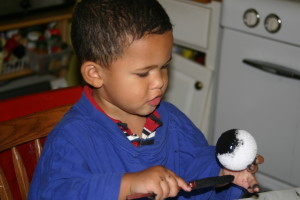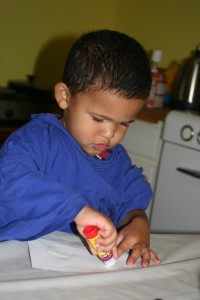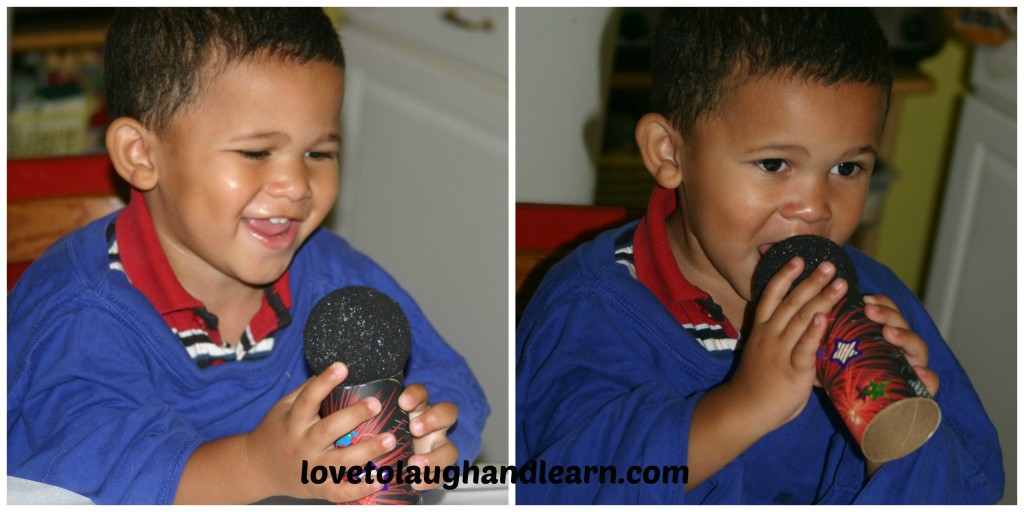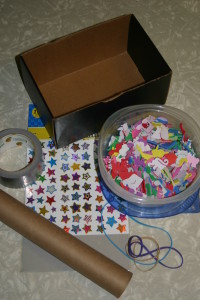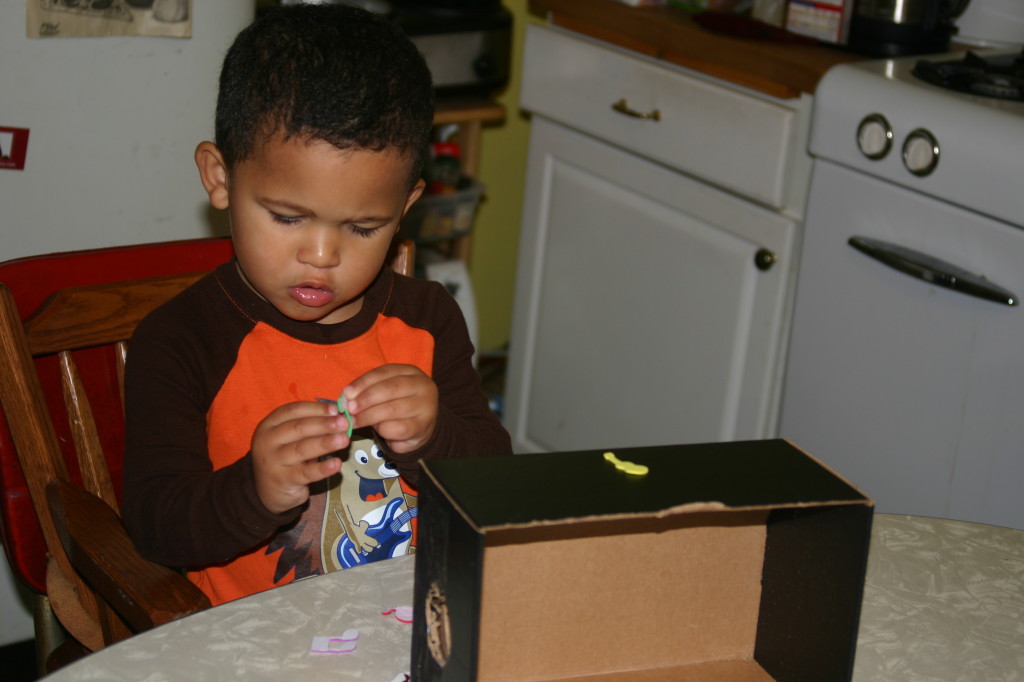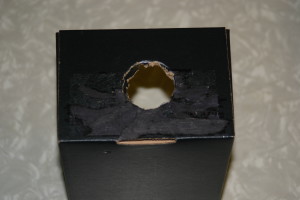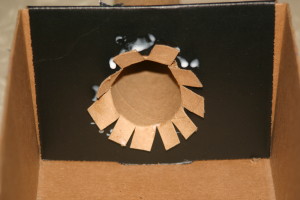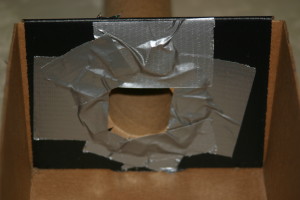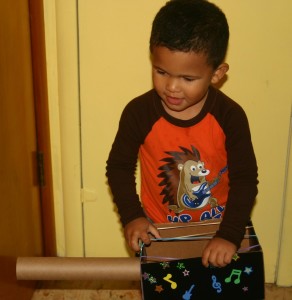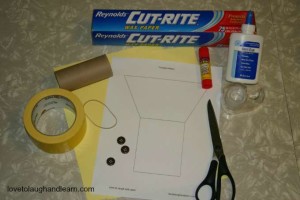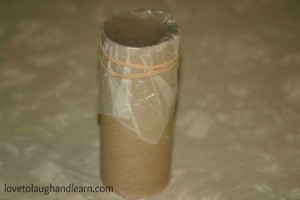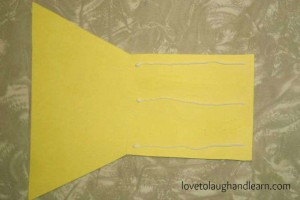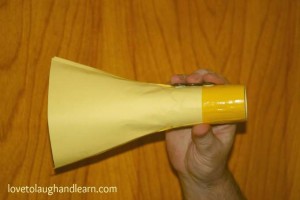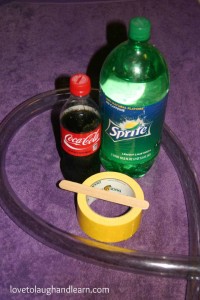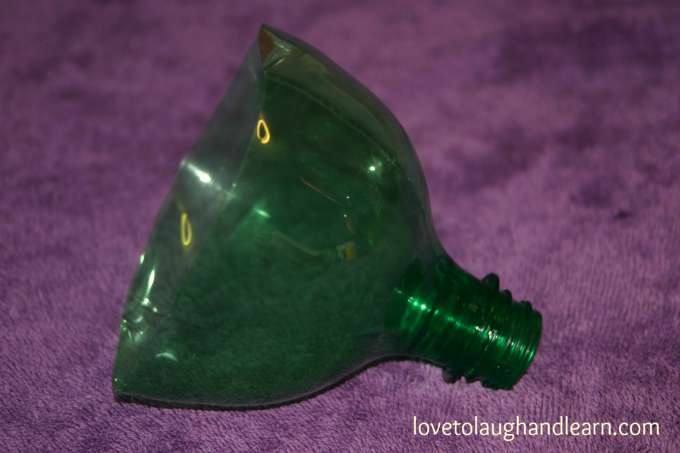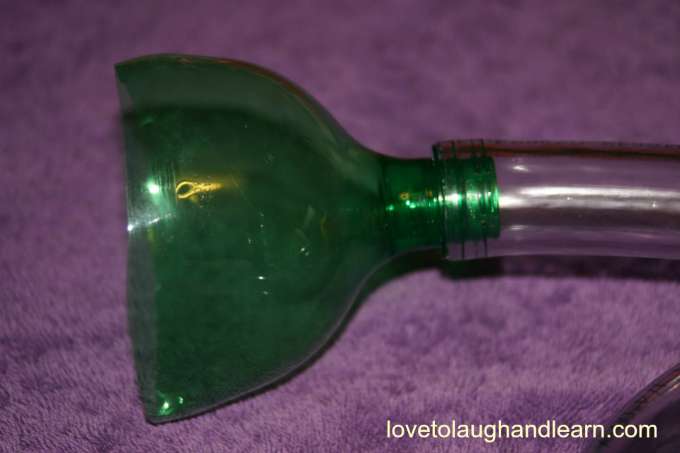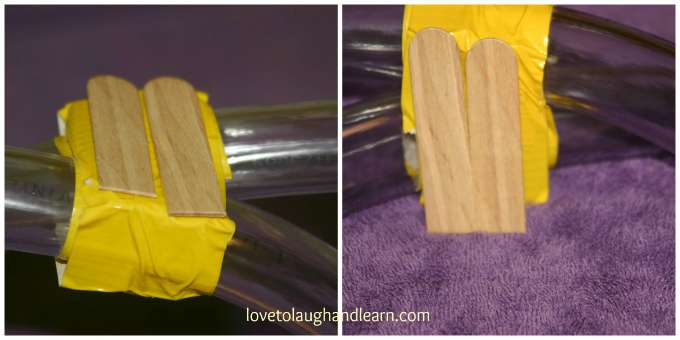Learning Should Be Fun
“A joyful heart is good medicine…” -Proverbs 17:22
I love exposing children to new learning opportunities. I believe that learning should be fun and hands-on.
Children’s learning activities should be enjoyable and interesting. Repetition of a concept will help secure it in the mind of the learner. I do not suggest repetition as in using flash cards over and over in some sort of old school torture. I mean using the same concepts in several different learning environments.
I share, through this blog, many fun learning opportunities that you can experience with the children in your life. You will find detailed ideas as well as general concepts that you can mix and match in different learning situations.
At first most of my concepts will be for younger children. Although, I did teach 4th, 5th and 6th graders for a couple of summers, most of my expertise comes with young children.
Along with the different learning concepts, I want to research and post different attractions with family friendly activities that are going on in our community. At first these activities will be centered around Indianapolis because that is where I currently reside but my dream is to expand the resources well past Indiana. Although I will be posting specific activities that are going on in the Indianapolis area, I will also suggest general activities that make good learning opportunities that you can look for in your area.
My real vision for this blog is that it can help families have fun learning together but there will be information that will be interesting to teachers too. I am so excited about having this opportunity to share with you.
Most Sincerely,
Mama Carmody
Related Posts:
When Do Children Start Learning
The Lessons – Overview
Colors – Overview
Shapes – Overview
Fun with Music – Overview
